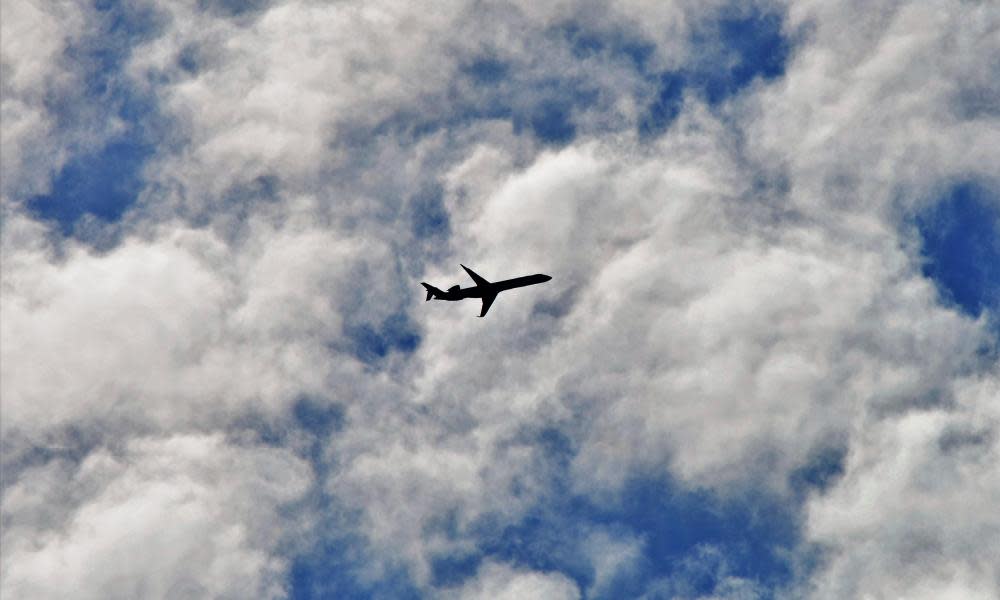Decline in aircraft flights clips weather forecasters' wings

The big drop-off in aircraft flights due to the coronavirus pandemic has created a problem for weather forecasting.
Aircraft make a vital contribution to forecasts by routinely sending reports of in-flight weather conditions, and more than 1m aircraft observations were collected each day last year around the world.
These observations are fed into computer models to get the starting point as accurate as possible before the forecast process commences. Thanks to Covid 19 there has been huge decline in these aircraft reports during the past month, and further reductions across the world are expected in the coming weeks. Without these reports, the quality of forecasts is likely to suffer.
Previous tests showed aircraft reports of wind, temperature and humidity make their biggest contribution to weather forecasts at about 11 to 12km (35,000 to 40,000ft) high, the typical cruising altitude of aircraft and around the level of the jet stream. This information is especially important for 24-hour forecasts, but still makes a valuable contribution for forecasts up to seven days ahead.
By an amazing stroke of luck, wind observations from a new wind monitoring satellite – Aeolus – began this January and are helping to fill the gap.

 Yahoo News
Yahoo News 
